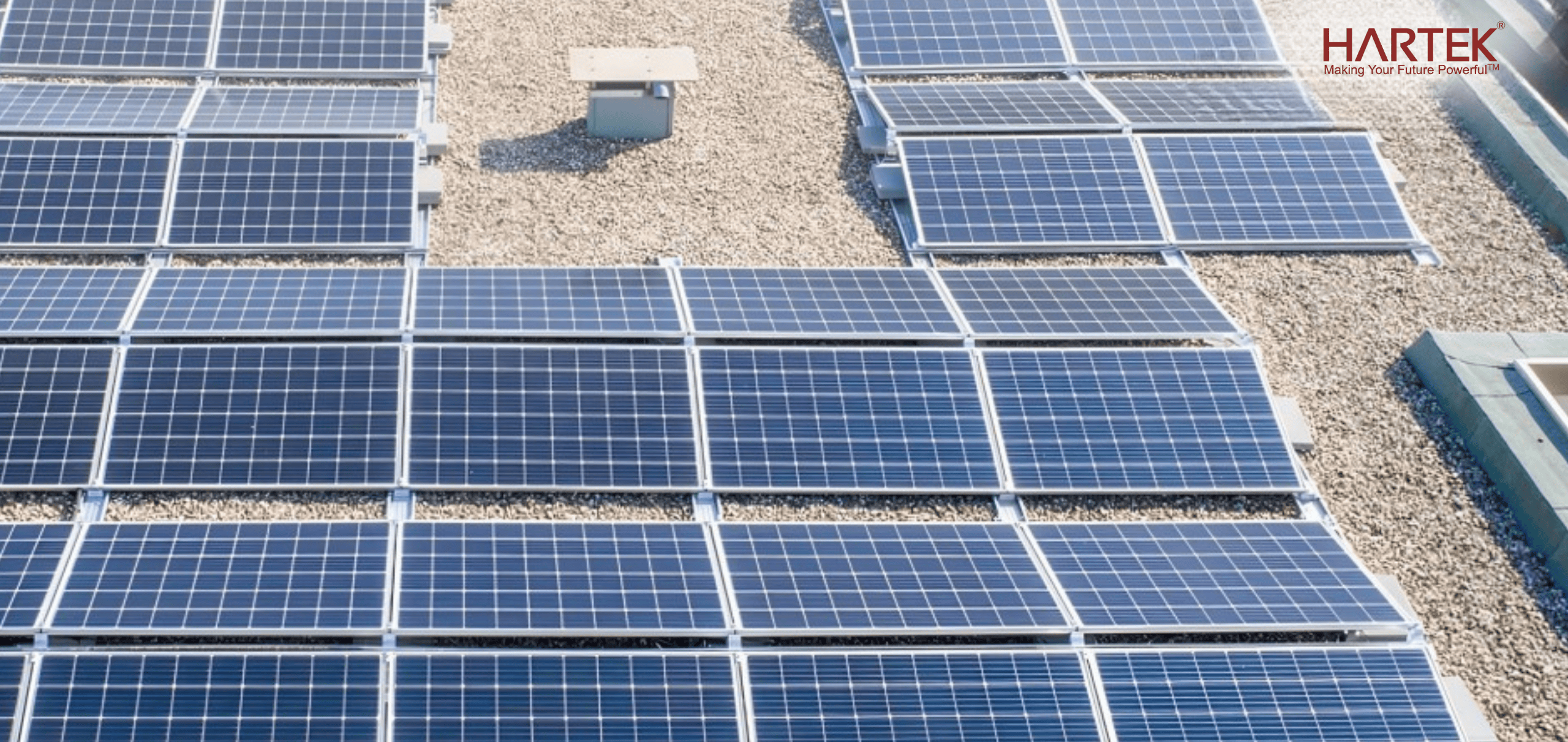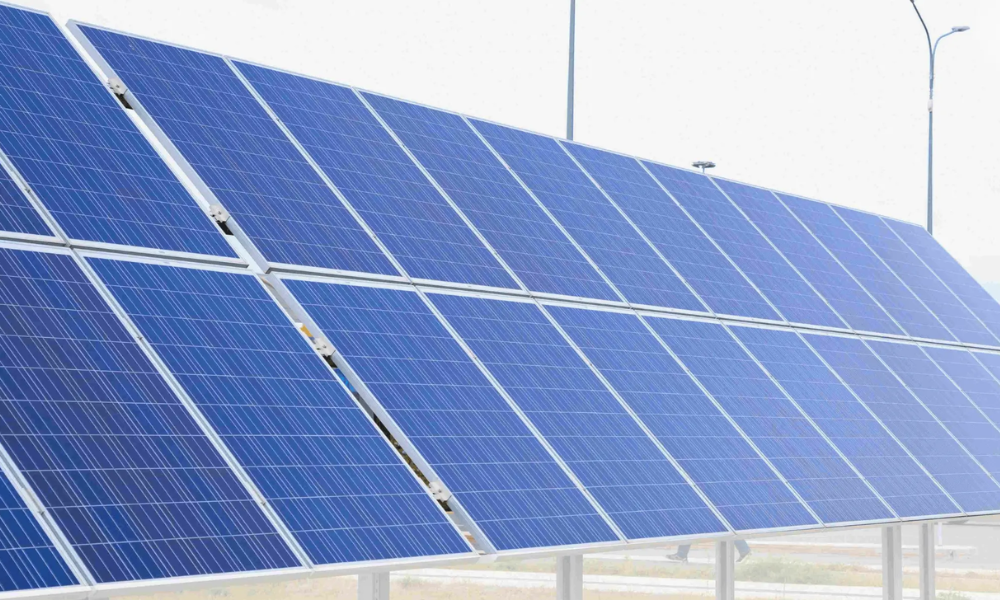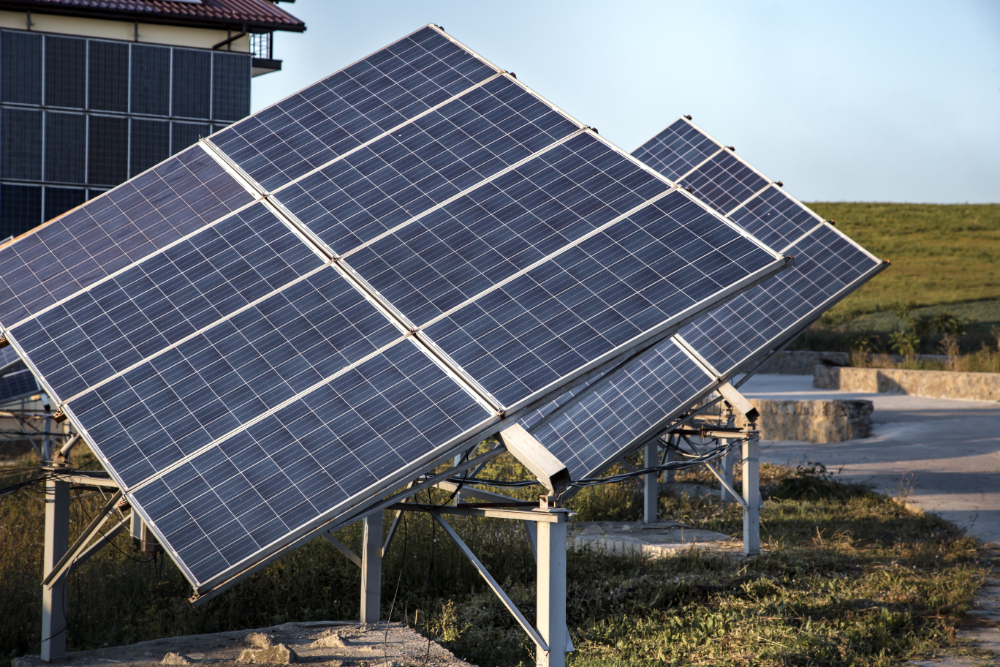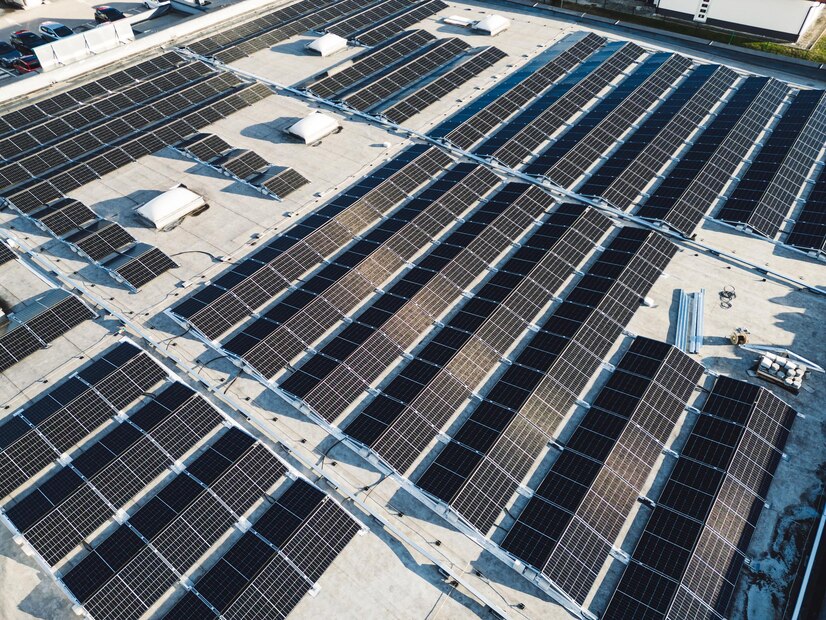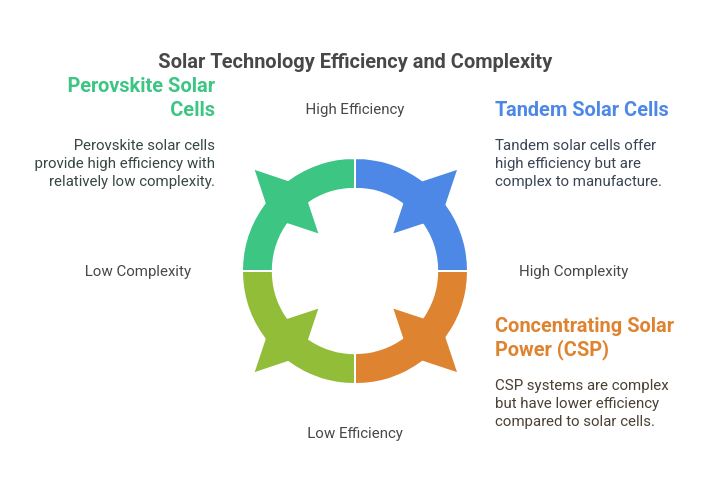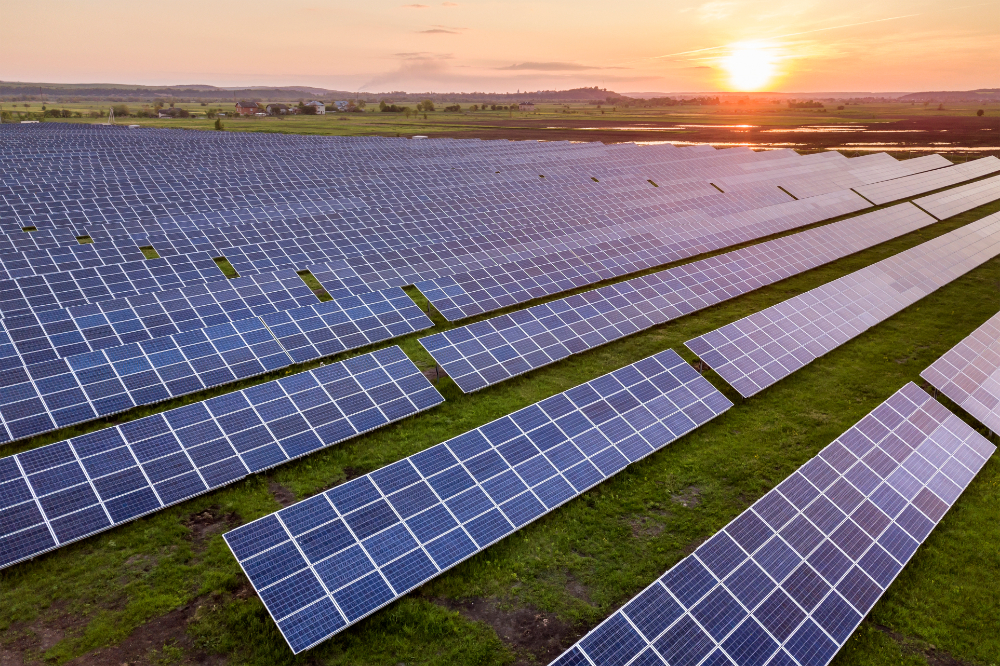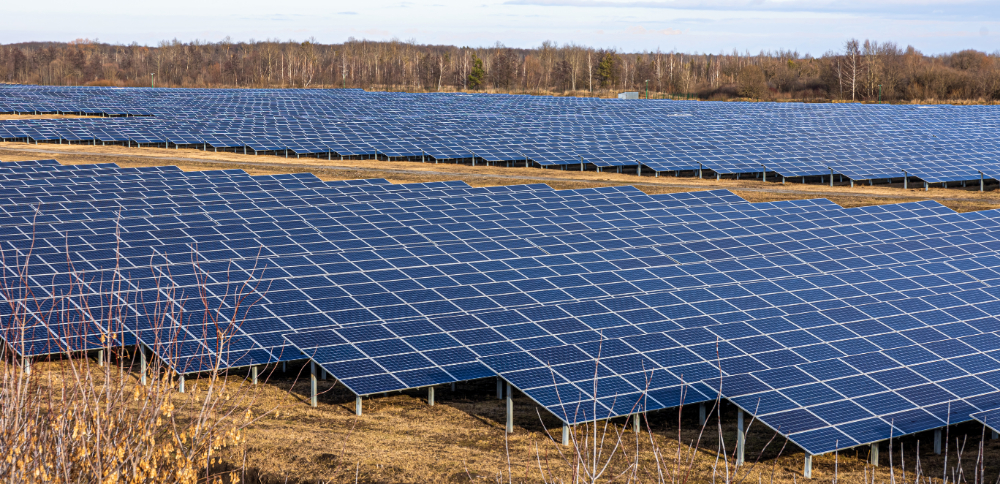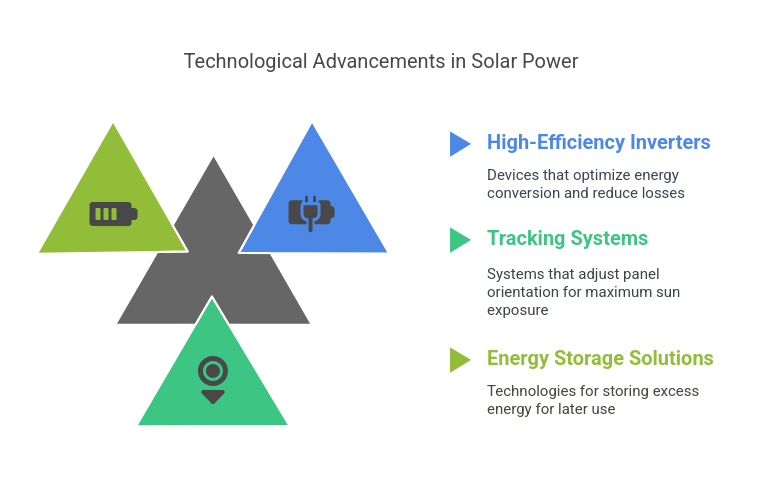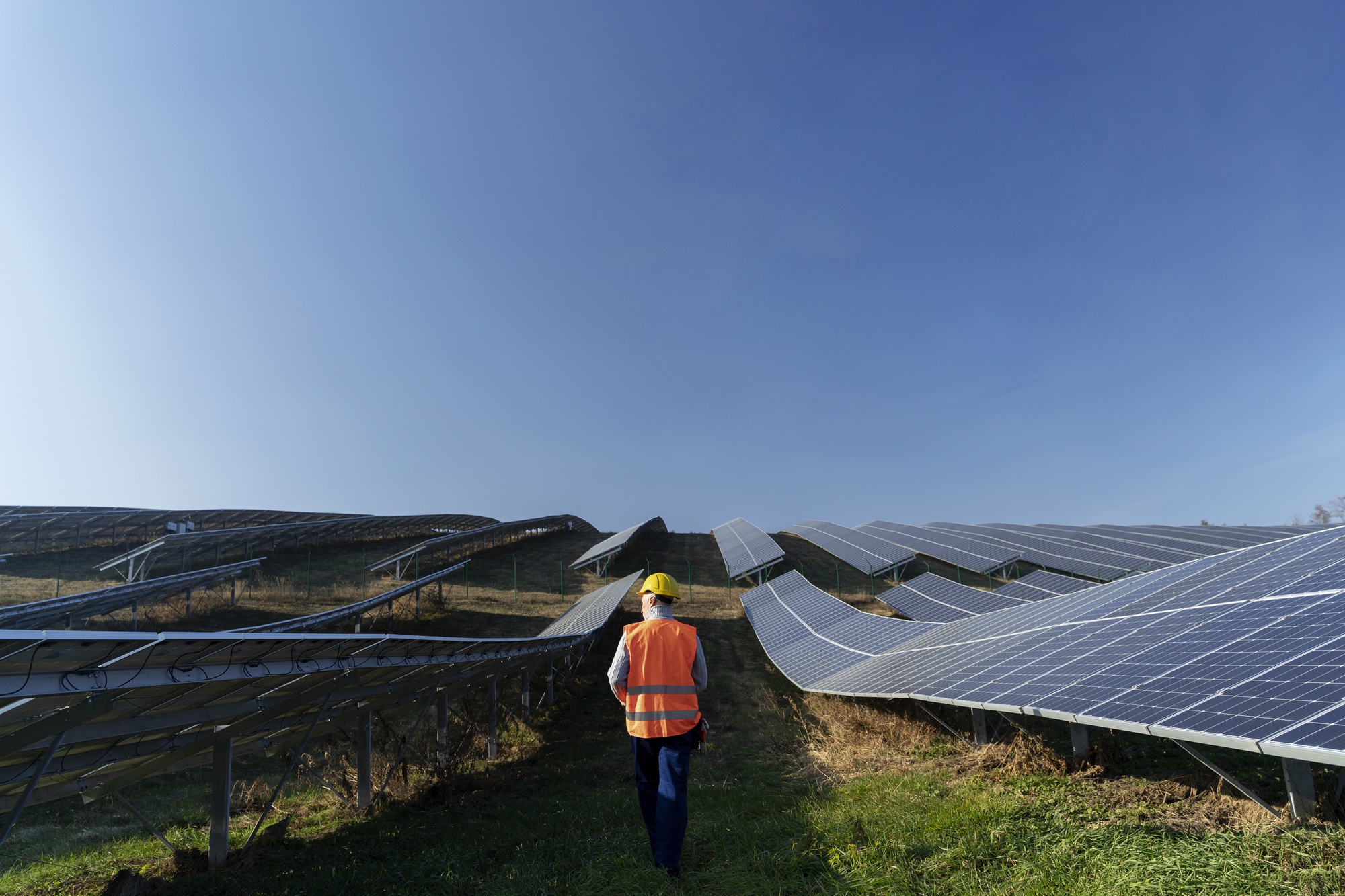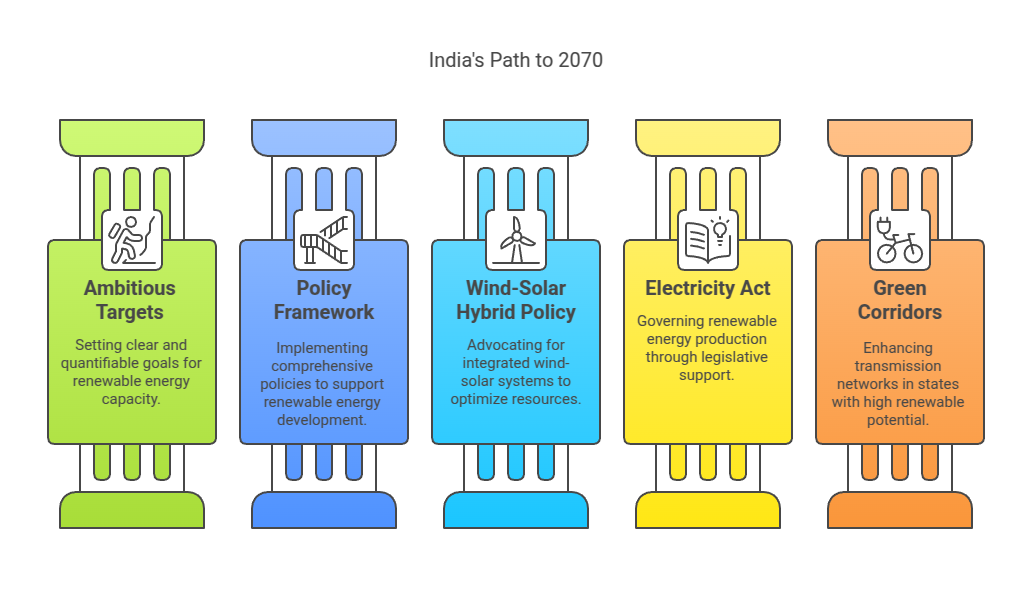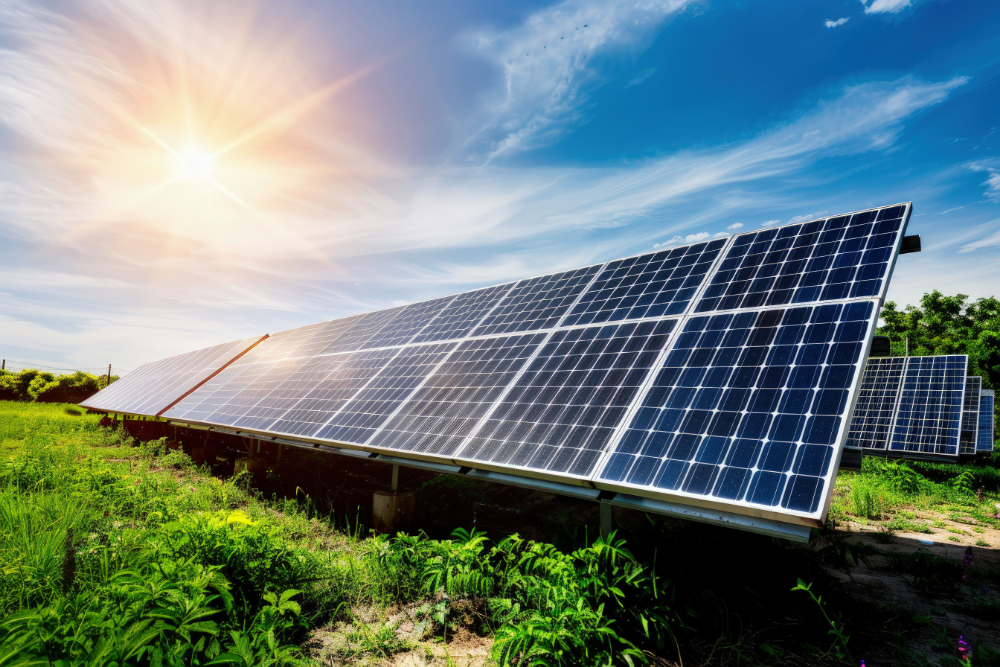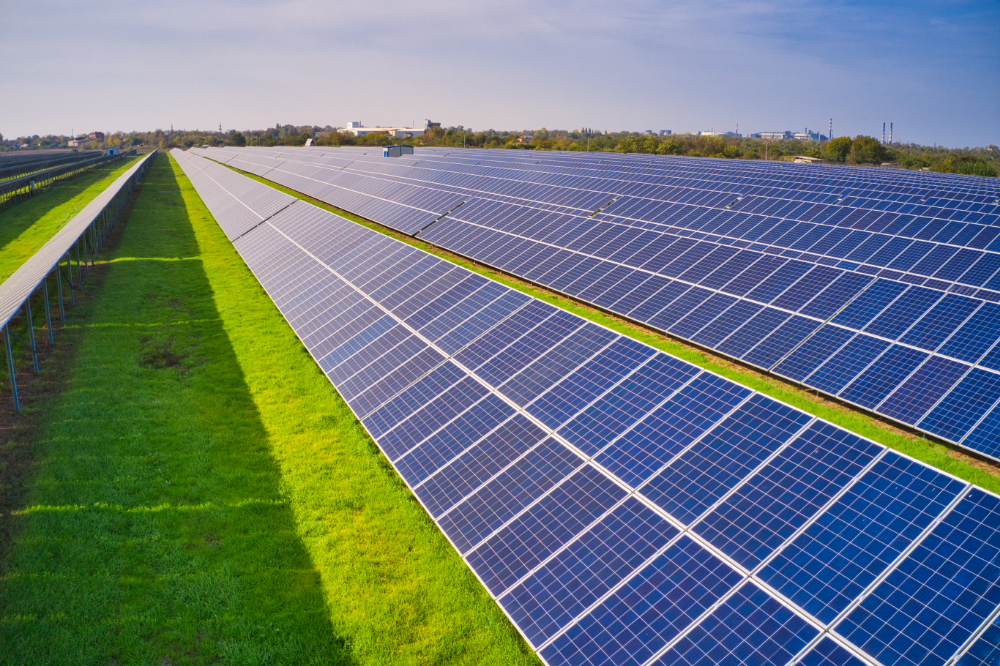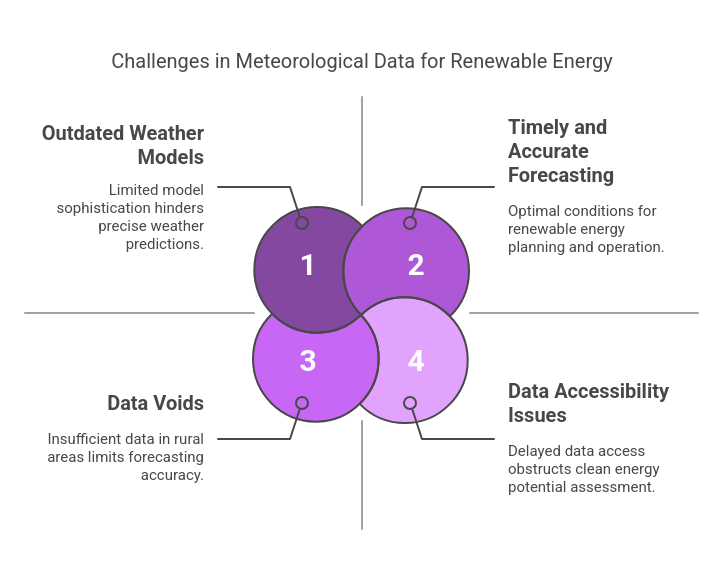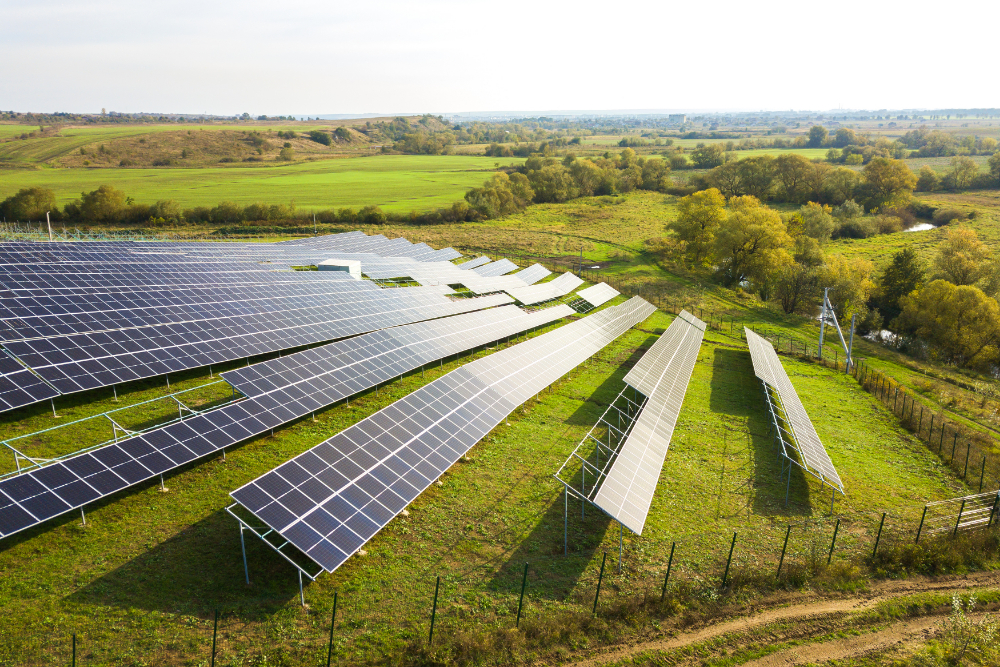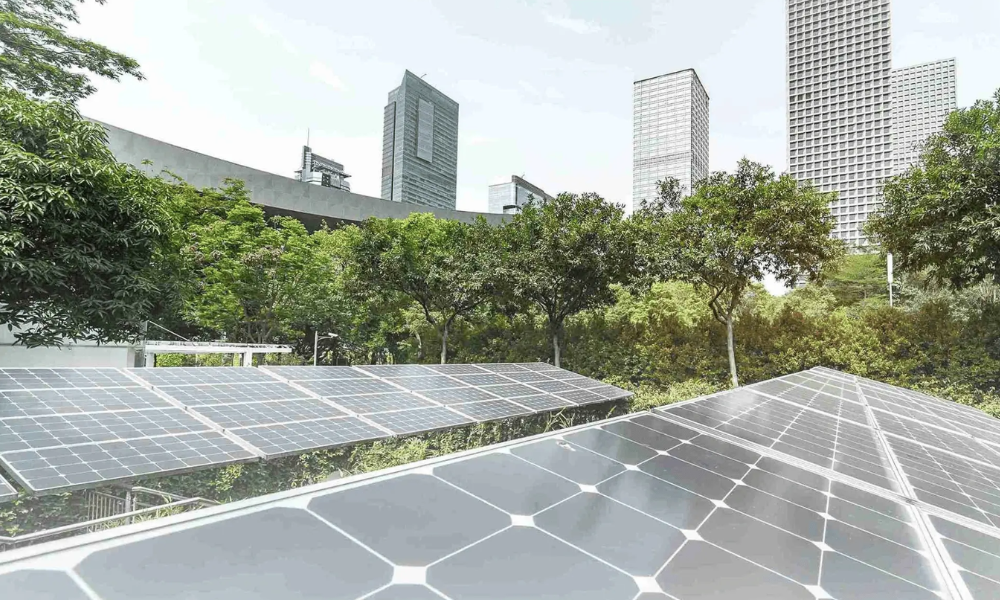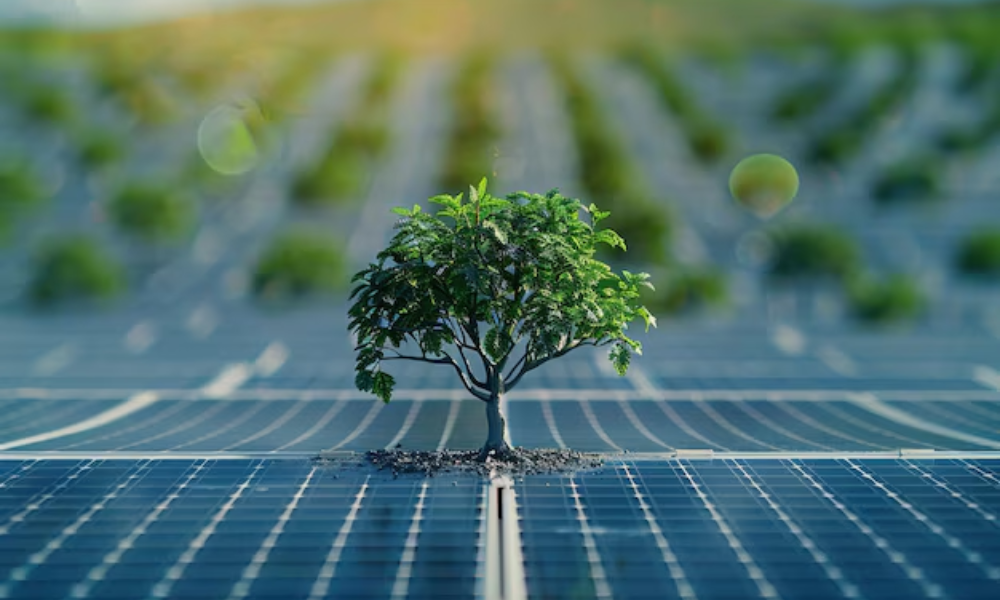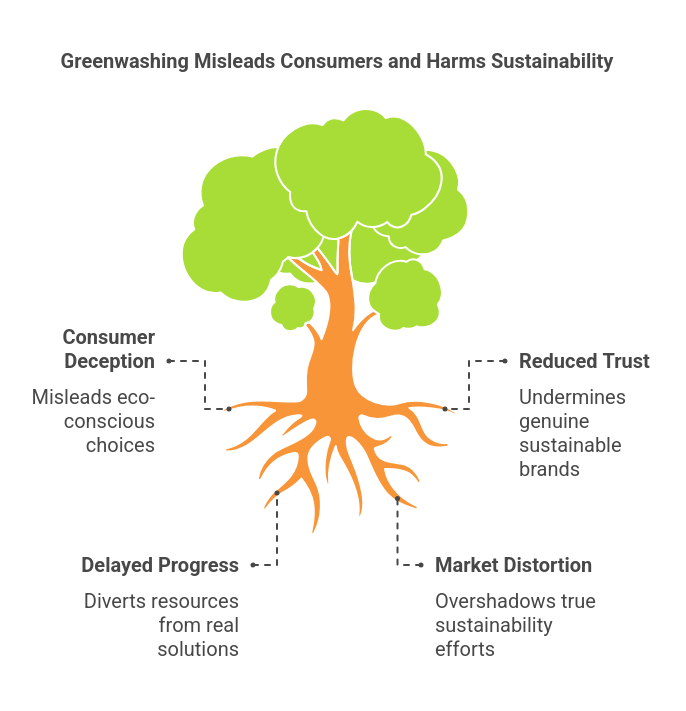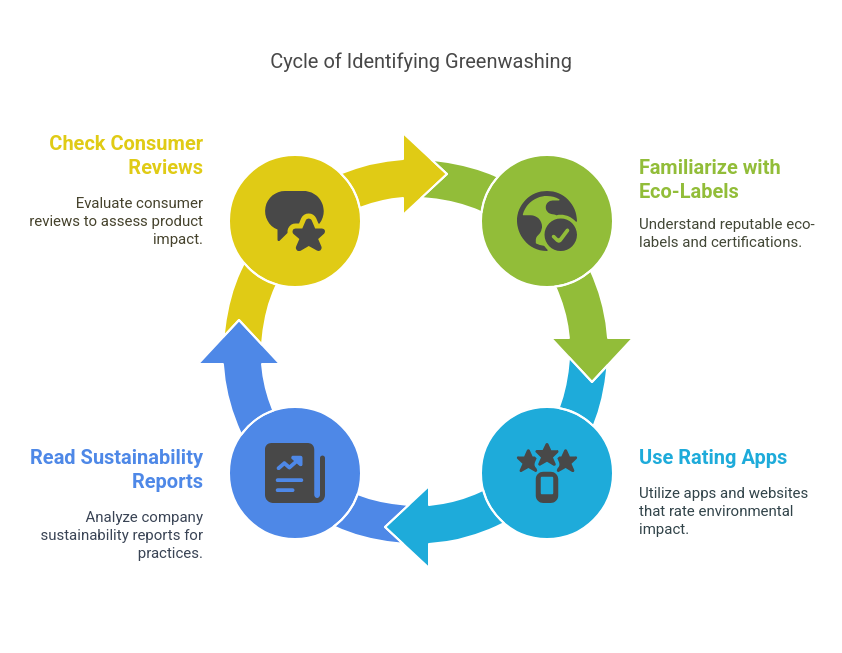India stands at the threshold of a significant shift in its energy mix as it is set to commission record amounts of renewable energy capacity this year. Clean energy is a commitment for India due to an urgent necessity to meet growing power demands and address the issue of climate change. As part of this green push, India will build 35 GW of solar and wind energy capacity in the electrical grid by March 2025, significantly surpassing what it added in earlier years. Hartek Group, a well-known EPC company serving as a major partner to boost the renewable energy, reducing carbon footprints and embracing sustainability. This blog clarifies how India will make the milestone happen and elaborates on the role that the Hartek Group played in boosting India renewable energy target.
How is India achieving its renewable energy target?
1. Fast Track Addition of Solar and Wind Capacity
The Indian New and Renewable Energy Ministry has announced a challenging task to put up 30 GW of solar capacity and 5 GW of wind capacity within the fiscal year. There has been a considerable rebound from the slowdown in the commissioning of solar farms, which has led to stalling growth. India has added 14.9 GW of solar capacity in the first half of 2024-an astonishing 282% more than last year. This is likely to continue as new projects come onstream and existing ones are completed.
2. Investment in Battery Storage
The country of India, aware that renewable energies are intermittent, is adopting battery-related storage projects. These systems are in great demand since they provide some form of backup power besides enhancing the reliability of the grid. Government is planning to entail increasing tenders for a battery storage project, to boost renewable energy percentage in India via installing grids.
3. Financial Support
The Indian Government has announced a slew of policies to attract investments in the field of renewable energy. The financial institutions have assured an investment of about $386 billion in renewable projects by 2030. Further, the PLI scheme was an effort to augment the indigenous manufacturing capacity of solar panels and their ancillaries so that reliance on imports would reduce. At the same time, employment in the domestic sector would increase.
4. Infrastructure Development
To supplement the aggressive capacity additions in India’s renewable energy target, the country is investing in upgrading its transmission infrastructure. This is very important because newly generated power should be efficiently distributed throughout the country. Large-scale solar installations are mainly concentrated in States like Gujarat, Rajasthan, and Karnataka and are thus contributing a great deal to national capacity growth.
Hartek Group Role in Advancing India’s Renewable Energy Target
Being an innovative solution provider, the Hartek Group has made substantial contributions to increasing India renewable energy target. As a leader in the electrical engineering services industry, Hartek focuses on:
EPC Development: Hartek Group, one of the leading EPC players, has secured multiple 765kV orders from Power Grid Corporation of India Ltd. Some notable orders include delivery and commissioning of high-voltage transmission projects in Indore and Kurnool.
Rooftop Solar: Amongst the largest rooftop solar installers in India, We have executed over 1,000 rooftop solar projects across various locations in India. These projects have a total capacity of over 50 MW. It has also built North India’s largest floating solar plant in Chandigarh.
Solar Grid Connectivity: Our achievement of 7GW capacity marks our strong commitment to meeting India’s rising need for clean energy solutions.
solar to the grid in utility-scale projects for leading solar developers.
Powering the Future: Hartek Group achieved a significant milestone by connecting 10 GW of solar electricity directly to the grid. This accomplishment highlights our commitment to harnessing solar energy for sustainable solutions and our ability to manage large-scale projects efficiently.
Green Hydrogen Leadership: Simarpreet Singh, as the ED & CEO of Hartek Group, shared valuable insights into the field of green hydrogen during an exclusive interview at the Energy Leadership Summit. He discussed the government’s new energy policies and our impact on sustainable energy development.
India Renewable Energy Outlook of 2030
Investor-friendly policy initiatives put India today at the fourth position globally in terms of renewable energy installed capacity. The leaders of this energy transition in India have been solar and wind. India, as it seems, will do quite well to meet the goal of 500 GW of installed renewable energy by 2030 and be on its way to a 50% cumulative electric power installed capacity coming from clean energy sources. India’s picture of energy by 2030 would remain mixed in renewable and conventional sources but would have an increasing focus on clean energy.
The future of India’s renewable energy sector is bright and challenging. To meet the target of 500 GW by 2030, India will have to continue adding about 30% more clean capacity annually than projected. This calls for a tremendous amount of investment and innovative solutions to overcome the intermittency issues related to renewable sources.
Bottom Line
The country has set a target of reaching 500 GW of cumulative non-fossil power capacity by 2030, meaning an annual addition of almost 30% more clean capacity than projected currently. Hartek’s Vision 2030 aims to quadruple solar grid connection via distributed solar solutions and generate ₹10,000 crore in income. This matches with India’s overall renewable energy goals, establishing Hartek as a pioneer in the shift to sustainable, decentralised energy.

